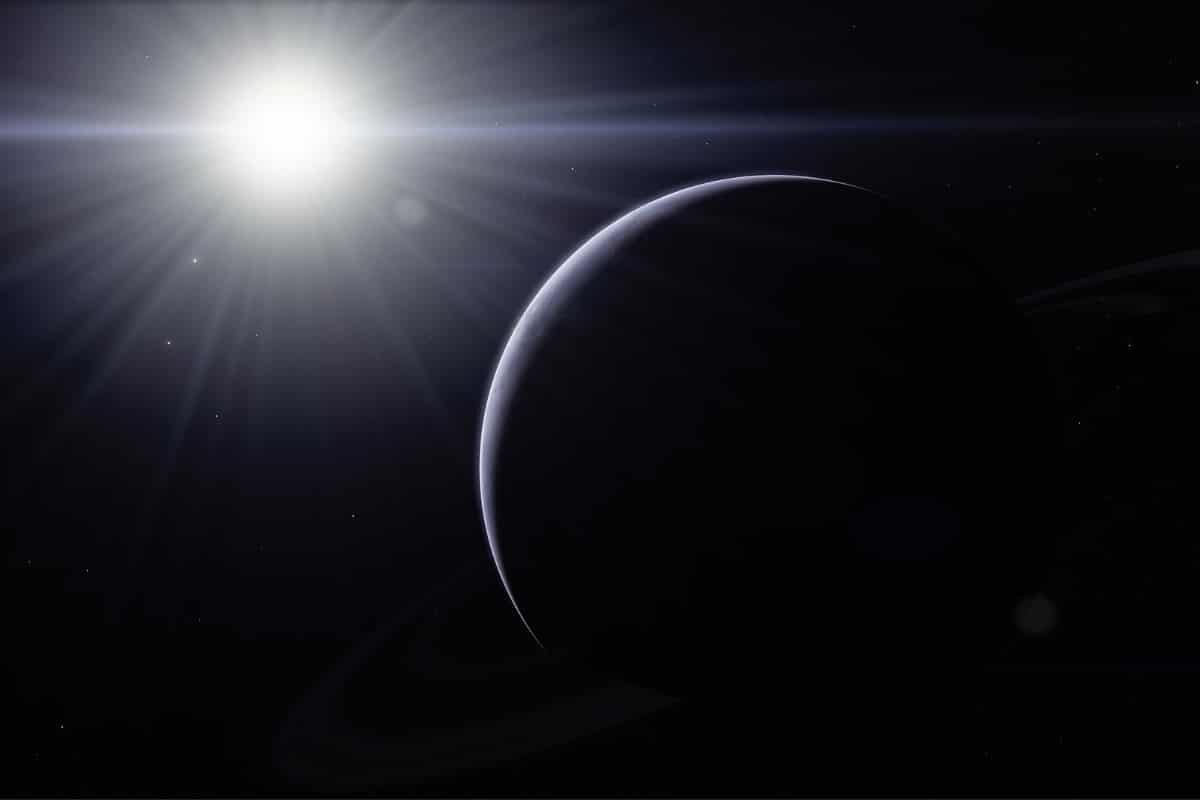
Thanks to the planet, we are now learning more and more about how planets form and change over time.
Thousands of planets have already been discovered around distant, exotic stars. We can now add another planet to that. Still, this newly discovered specimen stands out from the crowd for several reasons. Because researchers set a new study that they have discovered one of the youngest planets ever that can be observed directly.
2M0437b
It is a planet that bears the name 2M0437b. 2M0437b and its parent star (2M0437) reside in a stellar nursery known as the Taurus/Auriga complex.

Photo of 2M0437. Image: Subaru Teelscope
Researchers estimate that the planet is several times more massive than Jupiter. Moreover, it is in a much wider orbit around its sun than the planets in our solar system. For example, 2M0437b is at a distance about a hundred times greater than the distance between the Earth and the Sun.
peep boy
But one of the most striking things about 2M0437b is its very young age. Researchers suspect that the planet was born just a few million years ago, around the time the main Hawaiian islands first loomed over the ocean. So in cosmic terms, the planet is really just a baby. In fact, the planet is so young that it is still hot from the energy released during its formation. For example, the temperatures on 2M0437b are comparable to those of red-hot lava.
Directly observed
Another interesting property of 2M0437b is that researchers can observe it directly. And that’s pretty special. Planet hunters, for example, search for planets around distant stars using the so-called transit method. This involves telescopes staring at stars for long periods, hoping that those stars’ brightness will periodically decrease slightly. Such a decrease can be caused by a planet moving in front of the star and temporarily blocking part of the star light. But 2M0437b can be admired directly with a telescope instead. And with that, the 2M0437b joins a select group of planets that can be observed directly.
Keck Observatory
The researchers observed 2M0437b using the Keck Observatory, located in Hawaii. Thanks to this powerful observatory, the team was able to confirm that the planet actually orbits the star 2M0437. For a moment it was unclear whether the two are companions, or whether the planet is a more distant celestial body. To answer that question, the researchers tracked the position of the parent star as it moved across the night sky. “The excellent data has enabled us to determine that the planet is indeed moving through space with its star,” said study researcher Adam Kraus.
special
The discovery of 2M0437b is very special. Because thanks to the discovery of a very young planet that we can also observe directly, we are learning more and more about how planets form and change over time. Researchers hope to unravel much more in the future. Because there is still plenty to discover. “By analyzing the light from this planet, we can determine its composition, for example,” said study leader Eric Gaidos. “Perhaps we can even discover where and how it formed in a long-vanished disk of gas and dust.” The researchers also hope to measure the precise orbital motion around its parent star.
Follow-up research
We may not even have to wait long for more, more in-depth follow-up research. Because in December of this year, the long-awaited James Webb space telescope will be launched. “Using the upcoming James Webb telescope, we can identify gases in the atmosphere,” explains Gaidos. “And that could reveal whether the planet is surrounded by its own disk.” In this disk, for example, moons or rings can see the light of day.
Meanwhile, the James Webb telescope has already been shipped to the launch site in French Guiana. The spaceport is busy making all the final preparations for the exciting launch of the space telescope that thousands of people have been working towards for years and that millions of people around the world have been waiting for.
Source material:
“Infant Planet Discovered By UH-Led Team Using Maunakea Telescopes” – WM Keck Observatory
Image at the top of this article: ffflflflfl via Pixabay